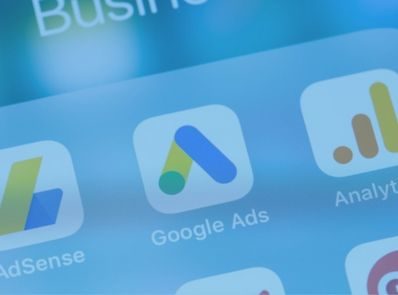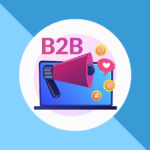As you’ll recall, back in September, we wrote a piece on Google’s response to the growing restrictions against the use of 3rd party data. Their new API, known as FLEDGE, was designed to use interest groups to display ads to relevant users, without the use of 3rd party data.
We are now 4 months into trials of FLEDGE, and already the technology appears to be going stale. In that time, only three tech companies are using FLEDGE… one of which is Google itself.
Why Are Companies Hesitant to Adopt FLEDGE?
Early findings are that companies are wary of testing the new tech due to its high price, and heavy risk factor. There are still too many unresolved issues with FLEDGE to ease the minds of the market.
Some of the unresolved issues include FLEDGE only handling the retargeting part of advertising. By only focusing on the retargeting aspect conversion tracking is unclear, and therefore effectiveness is difficult to ascertain. FLEDGE also lacks controls for reach and frequency, and the lone gatekeeper is Google itself. This means, your ad reach and frequency line entirely in the hands of Google’s algorithm.
Why We Care
With Google’s scheduled suspension of 3rd party cookie use in 2024, it’s critical for marketers that an effective alternative is in place. Clearly, Google still has a long way to go with FLEDGE. Targeting audiences based on behavior is paramount to the paid search ecosystem. With the rapidly evolving privacy ecosystem we cannot emphasize enough the importance of building first-party website data. With the discouraging early returns from FLEDGE, our confidence that Google’s technological developments in advertising will outpace growing regulatory hurdles is waning rapidly. Now is the time to build a robust marketing stack that can leverage first-party data to continue to drive results in this uncertain time.







